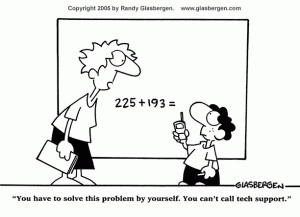 Devotion:
Devotion:
Wise warriors are mightier than strong ones, and those who have knowledge than those who have strength. (Psalm 24:5)
__________________________________________________________
Well, here we are. The final two weeks. It was a busy week here in 3B with students rushing to get everything done. Our Recess Club was a rousing success once again with students getting alot of work done. Every Friday, when we look back for our Home Letters, it is amazing the number of things that we do in a week. Science has been a favorite this week with the students taking a tour of the universe and looking at the various sizes of objects in space. There were many things that i learned as well which is always great. The one thing I learned was that the term solar system comes from the other name for the Sun, which is “Sol”. So a solar system is the movement of objects (system) around the Sun (Sol). Ergo, the Solar System!
We also got a reply from the Scientists to the questions we asked about the Polar Lander and Mars. We were very impressed with the Scientists as they replied to all our questions almost right away! Here are the questions again followed by the answers:
1) If there was water on Mars, where did it go?
2)What is the smallest part of the Mars Phoenix Lander?
3)Why does the Mars Phoenix just have to let go of the parachute?
4) Does it snow on Mars?
5)Why did you use rockets instead of the air bags you used on the Mars Rovers?
6) Why does Mars have ice?
7) How much does the Mars Lander weigh?
8) Is Mars hot or cold?
9) Why do you need space suits on Mars?
10)Why do you only send robots to Mars?
11) Why does mars have ice on the top, Is it like Earth with a North Pole?
12) When did they first know about Mars?
13) Does it rain on Mars?
14) If mars has an atmosphere, why does it have so many craters?
15) How far away is Mars to the nearest galaxy?
16) How are the Mars Rovers and phoenix doing?
17)Do the gadgets on the Phoenix run on gas or sunlight? Why?
18) How much does the Phoenix cost?
19)Is Mars a deadly planet for humans?
20) How long does it take to get to Mars from Earth?
21) How long could the polar lander last?
22) What do you think happened to the Lander that disappeared?
23) Why can’t we go on Mars if we can go on the Moon?
Answers to your questions:
1) We think that the water is now in a few places: water frozen in the polar caps, subsurface ice in the permafrost (that Phoenix will study), and there may be liquid water deep in the underground. 2) There are lots of small bolts and screws and springs all over the spacecraft. Among scientific instruments, one is the telltale wind sensor,which is a small weight that dangles in the wind. 3)We didn’t want the parachute to land on top of the spacecraft, so it is jettisoned earlier so it would land farther away. 4)In the winter carbon dioxide snow blankets the ground. 5) The Phoenix spacecraft is too big to use airbags. 6) Mars is very cold, about -90F, so any water would be frozen ice. 7)The total weight of the Phoenix lander is 772 pounds (350 kg). 8)Mars is cold. 9) Because the atmosphere is very thin and does not have the oxygen that we need to breathe, and it is so cold that we would need spacesuits to keep us warm. 10) It is much easier to send a robot than a pers on to Mars, but eventually we will send people. 11)Yes, Mars has polar caps very much like the Earth. Poles receive less sunlight than the equator and therefore are much colder. 12)In 1609, Mars was viewed by Galileo who was the first to view Mars through a telescope. In 1877 Schiaparelli was the first to produce a detailed map of Mars by looking at it through a telescope. 13)It is too cold to rain on Mars, but it does snow. 14) The atmosphere on Mars is much thinner than the atmosphere on Earth, so more meteorites hit the surface. 15) Earth and Mars are both in the Milky Way galaxy. 16) They are doing very well and sending lots of pictures and scientific data back to Earth. 17)They run on sunlight using two circular solar panels. This is the easiest way to provide power to scientific instruments on Mars. 18) The U.S. investment was $420 million, and the Canadian Space Agency invested $37 million for the meteorlogical station. 19)If you don’t have a spacesuit, t here is no oxygen to breathe, so it would be deadly. 20) Phoenix took about 9 1/2 months to get to Mars. 21)It is designed to last for at least 90 days and could last longer, but eventually as winter on Mars sets in, the lander will be in darkness and will not have power to remain operational. 22) For the previous polar lander, engineers think that there was a failure in the landing system, and it crashed. 23) It is much more difficult to get to Mars than it is to go to the Moon, because of the amount of time humans would need to spend in space (a round trip to Mars would take over two years).
Thank you for your questions! We appreciate your interest in the Phoenix Mars Mission!
Here is another tip for making sure your child is safe on the Internet. You can check to see what websites your child has been on by reviewing their “history” files. For example, open Internet Explorer and click on the toolbar button at the top of the page for history files (looks like a clock) or select the History option in the menu selections at the top of the window for Firefox. In newer versions of Internet Explorer, simply click, tools> toolbars>History. To adjust the number of days that Internet Explorer keeps the history, go to the tools button, select internet options and then the general tab. At the bottom is the history section.
The history will show you where people using the computer have gone over a period of time. You can click on the pages to be shown what the page looks like right from the history menu. If you keep going to that area and it is consistently empty of sites, someone could possibly be erasing them. If there are items in the list you can quickly click through the items to check to make sure there no sites that are inappropriate that your children are viewing.


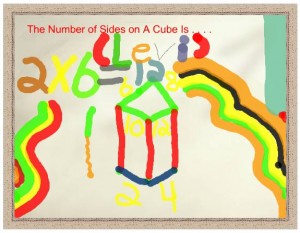
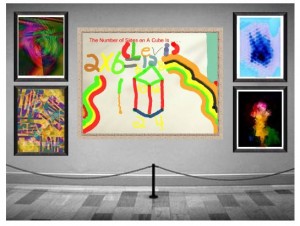
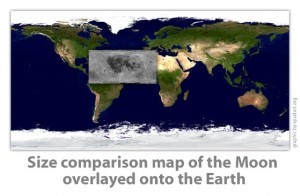
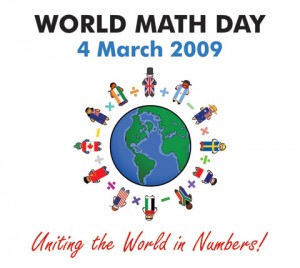
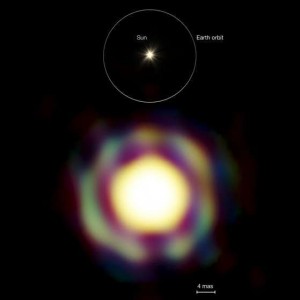

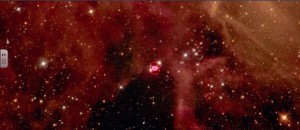

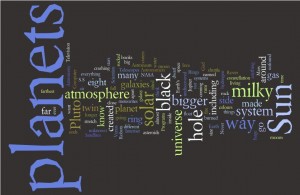


 Devotion:
Devotion: